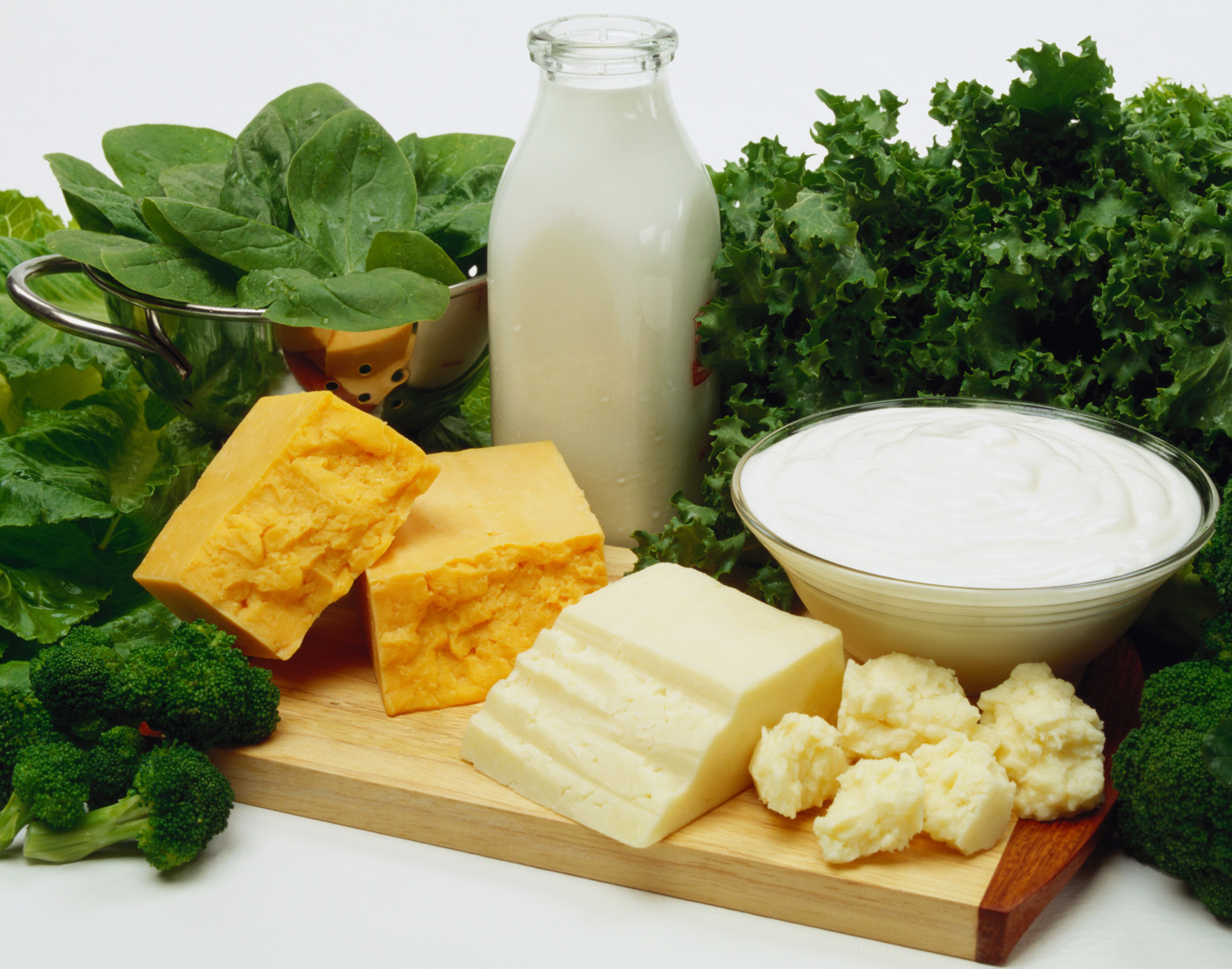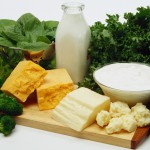The Importance of Calcium for Children Part I
Milk and other calcium-rich foods are a must-have in your child’s diet, with calcium being a key building block for strong, healthy bones. But most kids ages 9 to 18 don’t get the recommended 1,300 milligrams of calcium per day.
That’s not surprising when you consider that many kids now drink more soda than milk, which is one of the best sources of calcium. And teens who smoke or drink soda, caffeinated beverages, or alcohol may get even less calcium because those substances interfere with the way the body absorbs and uses calcium.
What Calcium Does
During childhood and adolescence, the body uses the mineral calcium to build strong bones — a process that’s all but complete by the end of the teen years. Bone calcium begins to decrease in young adulthood and progressive loss of bone occurs as we age, particularly in women.
Younger children and babies who don’t get enough calcium and vitamin D (which aids in calcium absorption) are at increased risk for rickets. Rickets is a bone-softening disease that causes severe bowing of the legs, poor growth, and sometimes muscle pain and weakness.
Calcium also plays an important part in making sure that muscles and nerves work properly, and in the release of hormones and enzymes. So if blood calcium levels are low, the body takes calcium from the bones to help these functions.
When kids get enough calcium and physical activity during childhood and the teen years, they can start out their adult lives with the strongest bones possible. For optimal bone health, the Institute of Medicine (IOM) recommends:
- 1 to 3 years old — 700 milligrams of calcium daily
- 4 to 8 years old — 1,000 milligrams of calcium daily
- 9 to 18 years old — 1,300 milligrams of calcium daily
Getting enough calcium is just part of the equation. Kids 1 to 18 years old also should get 600 IU of vitamin D daily. If you don’t think your kids are getting the nutrients needed, talk to your doctor about changing their diet or using vitamin supplements.
Sources of Calcium
Of course, milk and other dairy products are good sources of calcium, and most contain added vitamin D, which is also important for bone health.
But don’t overlook other healthy calcium-fortified foods, including orange juice, soy products, and bread. Here are some dairy and nondairy products that provide quite a bit of this vital nutrient:
Milk Milestones
Milk and other dairy products are among the best and most convenient sources of calcium you can find. But who should get what kind of milk and when?
- Infants younger than 1 year old shouldn’t have regular cow’s milk because it doesn’t have the nutrients a growing baby needs. Stick with breast milk or infant formula as your baby’s major source of nutrition during the first year.
- Kids between 1 and 2 years old should have whole milk to help provide the dietary fats they need for normal growth and brain development. But they shouldn’t have more than 16 ounces a day.
- After age 2, most kids can switch to low-fat or nonfat (skim) milk.
The good news is that all milk — from skim to whole — contains about the same amount of calcium per serving. The 2010 Dietary Guidelines recommend 2 cups (473 milliliters) of milk per day for kids 2 to 3 years old, 2½ cups (591 milliliters) for kids 4 to 8 years old, and 3 cups (710 milliliters) for kids 9 and older.
When Kids Can’t — or Won’t — Eat Dairy
Some kids can’t or won’t consume dairy products. Here are some ways to make sure they get enough calcium:
Kids with lactose intolerance: Kids with lactose intolerance don’t have enough of the intestinal enzyme (lactase) that helps digest the sugar (lactose) in dairy products. These kids may have cramps or diarrhea after drinking milk or eating dairy products.
Fortunately, low-lactose and lactose-free dairy products are available, as are lactase drops that can be added to dairy products. Also ask your doctor about tablets that kids with lactose intolerance can take that allow them to eat dairy products and thus benefit from the calcium they contain. Hard, aged cheeses (such as cheddar) are also lower in lactose, and yogurts that contain active cultures are easier to digest and much less likely to cause lactose problems.
Kids with milk allergy: The proteins in milk might cause allergic reactions in some people. Casein is the principal protein in cow’s milk, accounting for about 80% of the total milk proteins. Casein is what makes up the curd that forms when milk is left to sour. The remaining 20% of cow’s milk proteins are contained in the whey, the watery part that’s left after the curd is removed. Someone may be allergic to proteins in either the casein or the whey parts of milk and sometimes even to both.
Talk to your doctor if you think your child may be allergic to milk. Formula-fed infants with a cow’s milk allergy may need to be switched to soy-based or hypoallergenic formula. For older kids, good alternatives to milk and milk products include calcium-enriched rice or soy milk (if soy is tolerated), vegan products (such as vegan cheese), and other soy-based (again, if soy is tolerated) or rice-based frozen desserts, sorbets, puddings, and ice pops.
Vegetarian kids: Parents of kids who are ovo-vegetarians (they eat eggs, but no dairy products) or vegans (they eat only foods from plant sources) may be concerned about whether a dairy-free diet can supply enough calcium.
Although it can be more of a challenge to get the recommended amounts of calcium in a vegetables-only diet, good sources of calcium include dark green leafy vegetables, broccoli, chickpeas, and calcium-fortified products, including orange juice, soy and rice drinks, and cereals.
Teens who think dairy products are fattening: Adolescent girls, in particular, may decide to diet and avoid eating dairy foods they think will make them fat. But it’s important for your teen to understand that an 8-ounce (240-milliliter) glass of skim milk has only 80 calories and zero fat and supplies one quarter of a teen girl’s recommended daily calcium intake.
In fact, people who eat diets rich in calcium may actually weigh less and have less body fat. In one study, adolescent girls who had an extra 300 milligrams of calcium each day, which is equivalent to one glass of milk, weighed up to 2 pounds (907 grams) less than girls who didn’t get the extra calcium.
You also can offer low-fat and nonfat dairy products as healthy alternatives to whole-milk products — and instead of sodas and sugary fruit drinks that have very little nutritional value. If your teen drinks juice, offer calcium-fortified 100% fruit juices (not too much juice, though, as that can contribute a lot of sugar and calories).
Stay tuned for part two!
Remember to follow and like Dr. Sunny Tatra on Twitter, Facebook and Google+ to stay up to date with the latest news and tips. To read client reviews or to share your own experience, visit our RateMDs and Yelp pages. To book an appointment with Dr. Sunny Tatra and his team, phone +1 250 590 0166, email, or fill out the online appointment form!



